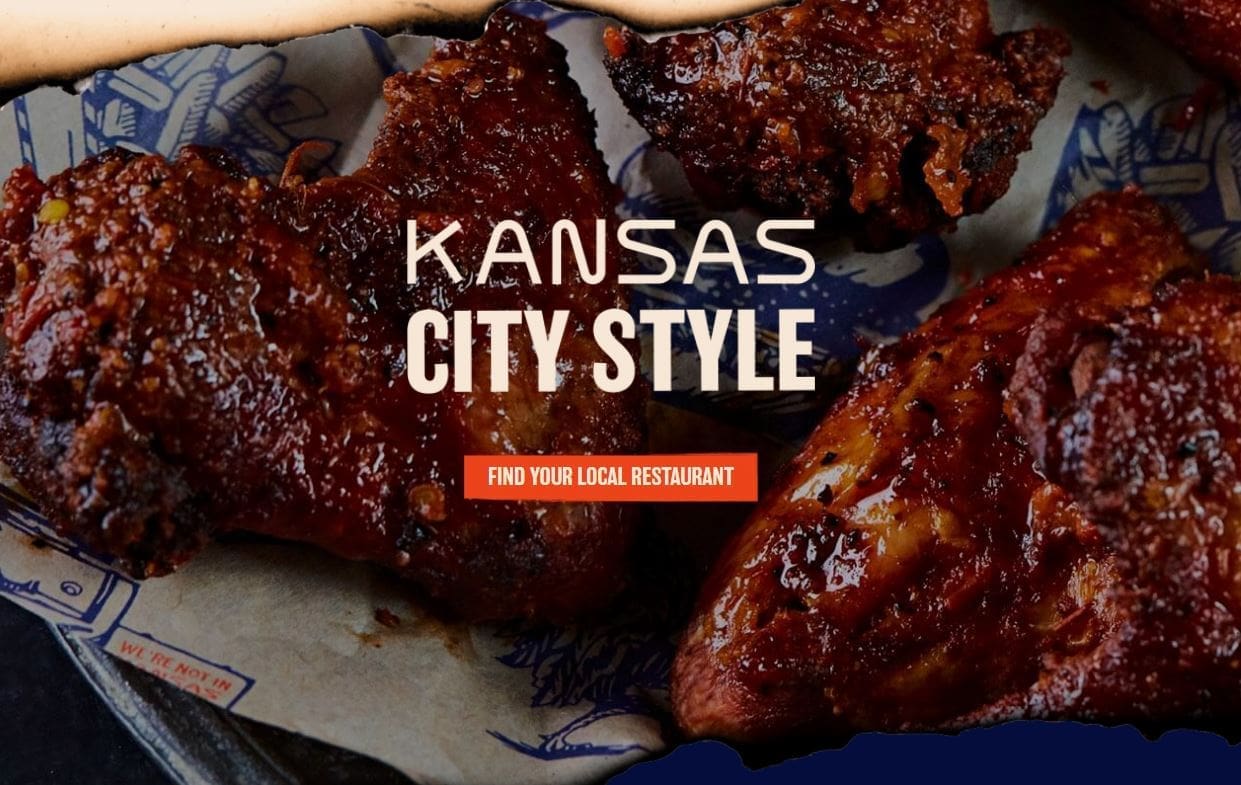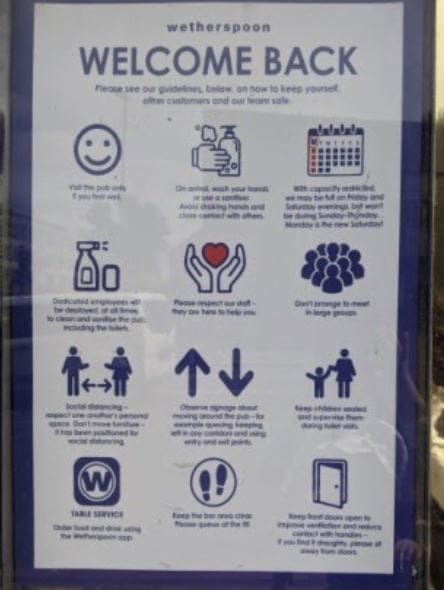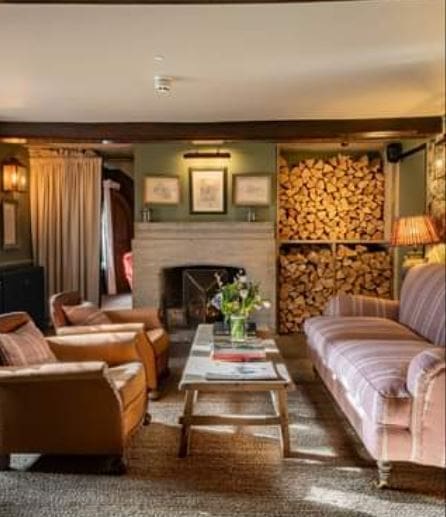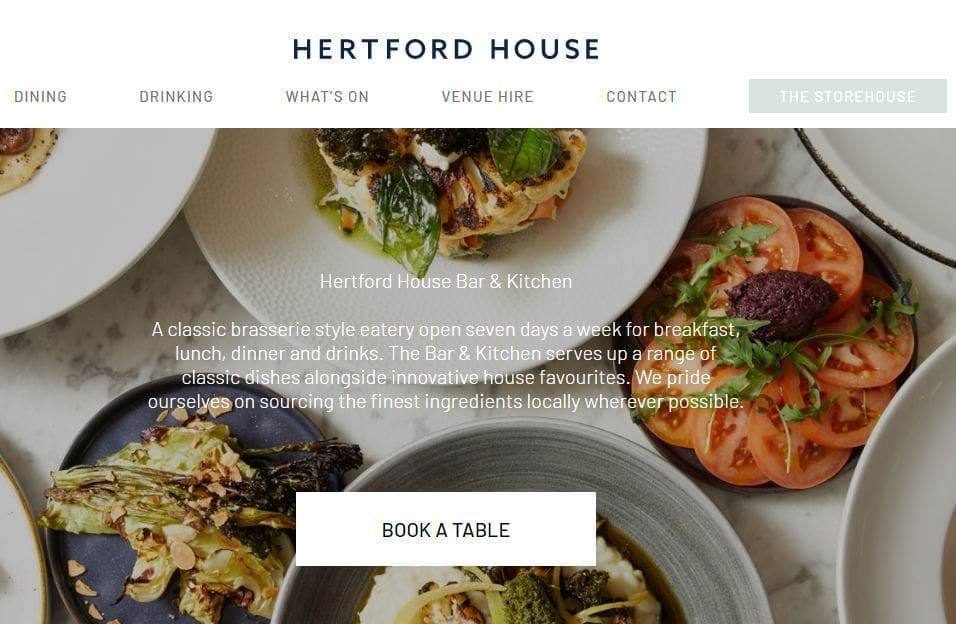The wait is finally over for foodservice operators in England, as next week they will at last be allowed to offer indoor dining after what’s been 14 months of incredibly challenging trading conditions. Looking to build on welcoming guests indoors, we’ve identified 3 key strategies to help foodservice businesses begin their fightback to recovery:
1. Tap into the premiumisation trend
Food outlets have witnessed a shift towards premiumisation with over a fifth of consumers more likely to prioritise food outlets that serve dishes that are difficult to make at home. This is especially the case for 18-44 year-olds.
London’s White City’s Prairie Fire is a great example of food that cannot be easily replicated at home. It specialises in Kansas City (US) style of barbecue which involves cooking all types of meat in a pit barrel or charcoal grill at low temperatures over several hours that is then topped off with a house-made sticky BBQ sauce.
Kansas City Style barbecue
Source: Prairie Fire
Another concept which changed gears as a result of the pandemic is London Soho’s Mr Ji. Rather than continuing its grab-and-go fried chicken format, founder Samuel Haim partnered with TĀ TĀ Eatery and Tóu chefs Ana Gonçalves and Zijun Meng to relaunch as a full-service restaurant specialising in experimental Taiwanese-inspired dishes.
Traditional Taiwanese-inspired cold noodles
Source: Instagram, @mrjirestaurant
Since reopening, Mr Ji has received raving reviews including one from the Guardian’’s Jay Rayner on 9 May 2021: “But I’m very taken by panko-crusted fried chicken hearts with a dollop of sweet curry sauce, tucked into individual canoe-shaped lettuce leaves. It’s a lettuce wrap, tap dancing out into the limelight.”
As people become increasingly frugal, it is vital for operators to reach the customers most likely to want to indulge in a premium treat once in a while, whether it be food that’s cooked to perfection using specialised techniques or unique food pairings with a “wow” factor, as opposed to sandwiches and salads that may be considered easy to make at home.
2. Adapt to young and older consumers’ differing hygiene priorities
Mintel research shows that lifestyle anxieties – like coronavirus exposure concerns – were higher in the first wave, reflecting the widespread sense of shock consumers felt about the imposition of unprecedented levels of lifestyle restrictions. Many felt more experienced going into the second lockdown, while higher consumer confidence eroded fears about moving food services online, such as ordering home deliveries.
As food outlets reopen their dining rooms, it is conceivable that demand for home deliveries will dip as people feel safe to eat in at food outlets once again. Yet it remains important for operators to maintain food safety and hygiene standards to assuage any coronavirus fears when eating out.
From an older consumer’s perspective, food outlets need to focus on food safety and hygiene. Over a third of over-65s prioritise food outlets that display clear information regarding hygiene practices since COVID-19, versus a fifth of 18-44 year olds.
With greater expectation on transparency of safety and hygiene, it is vital to communicate the measures undertaken to reduce the risk of COVID-19.
JD Wetherspoon’s safety guidelines, July 4 2020
Source: Mintel
Meanwhile, increased concern about hygiene during COVID-19 has accelerated the shift away from touching surfaces and sharing utensils to greater demand for contact-free services. This is led by 18-44 year olds who are more likely to prioritise food outlets that offer contact-free services.
Without a doubt, automation in food outlets has delivered faster speed of service, accuracy and, in the face of COVID-19, better hygiene too. Take cashless payments for example. What started out as a payment method that improves the speed of service and accuracy of transactions is now a practical solution for reducing the spread of the virus.
Customers at JD Wetherspoons, for instance, will now have the option to either use the company’s app to order directly from their table or ask a staff member to take their order at the table, as government guidelines require pubs to operate table service only. Customers can also pay by card from their table, using a portable payment device.
These automated solutions clearly remove the need for people to mingle at the bar and while automation cannot replace the human touch, the hygiene aspect of it will sway more people to embrace automation in food outlets as they head back to food outlets with caution.
3. Make the most of the staycations boom and the increased interest in local sourcing
Although a drop in inbound UK tourism will hurt some foodservice operators, especially those based in city centres, many have an opportunity to benefit from Britons’ preference for staycations. They can also receive further appeal as over a third of consumers are interested in travelling away from their local area to explore regional British cuisines.
In another boost, over a quarter of consumers are now more likely to prioritise food outlets that use British produce in response to COVID-19, which will provide foodservice operators further opportunities to highlight their locally sourced ingredients and produce in their food and drink offerings, as they position themselves as the preferred ‘local’ choice.
The gastropub with rooms’ concept plays well in this space. Husband and wife duo Sam and Georgie Pearman, for example, have announced plans to open gastropub The Double Red Duke located in Oxfordshire near the village of Kelmscott this year. The gastropub with rooms’ operators have partnered with British butcher and meat specialist chefs Richard Turner and Richard Sandiford to create a menu of large grilled meats and vegetables, while The Double Red Duke includes an extension of the current building to accommodate further hotel bedrooms, a larger dining space and bar, and a garden room. It will have a total of 19 bedrooms when it opens.
Double Red Duke aperitif room
Source: Facebook, Double Red Duke
Some chefs and landlords have also taken advantage of a weakened economy to acquire new sites in town centres in a bid to turn them into pubs and hotels in time for the staycation boom. For example, the former St Leonards and Brunswick House (London) chef Andrew Clarke has partnered with landlord Daniel Shipton to open and operate several hospitality concepts in Hertfordshire, including Hertford House Hotel, tapas bar Anexo, provisions deli The Storehouse and Hole in The Wall takeaway.
Hertford House Bar & Kitchen
Source: Hertford House Hotel












































